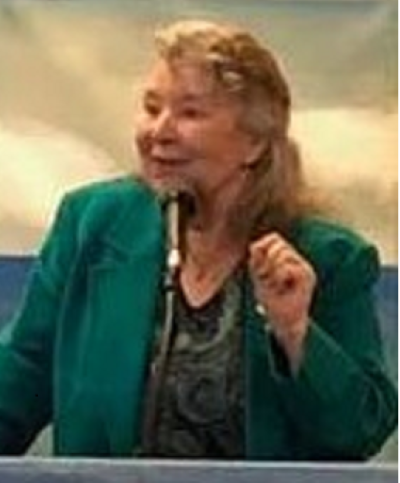Years ago my mother shared with me a series of science fiction books in which the main character is an orphan, raised by a group of elderly scholars. One was a philosopher, another an historian, another a retired world-traveling doctor, etc. You get the picture.
Well, as the series unfolds our hero travels all over the galaxy applying his unorthodox, but highly effective techniques to all kinds of problems. He’s gone for years. And finally gets back home, only to find that those elderly gentlemen have passed away. And, though they have willed to him all of their collective belongings — from books to houses to bank accounts — he is bereft. They have betrayed him by not sticking around to be his support system now, when he needs it. He mopes around the old home for a while, feeling totally lost and unsupported.
Then, out of his angst, he starts talking to them — you know how it is, “How could you? What am I going to do without you?” – all the usual stuff that we go through when we’re missing someone who we don't think we'll ever see again.
Well, to his surprise — and the reader’s — his old mentors start answering him! After a while, his room is as full as it ever was, and each of them has something to contribute to his conundrum.
I have to say I wrestled with that a bit.
For about 15 years, in fact.
Then I began applying the principles of New Thought - from Unity and the Science of Mind.
I needed to heal some old hurts if I was going to be able to function as a working mother. And in the writings of Ernest Holmes and Louise Hay and Emmet Fox, a book called Emanuel's Book, some therapy manuals, and others, I found a series of steps that worked (check out the link to "Ruth's Method for Healing the Past").
And I also found a way of looking at our experience that I’d never seen in all the reading and searching I’d done all my life. I learned that, no matter who or what or when it appears to be, every experience we have is actually happening inside us!
Even now, everything you are perceiving as outside of you is in fact a combination of ideas and feelings that are inside of you — and so am I. So when I look at the people around me, I’m actually CREATING them in my mind - my own personal world. And when I remember them... Well, I’m sure you can see how that’s even more the case.
So I was healing some old hurts with my mother and some other folks from my past one day, using a process of visualization and internal conversation, and I realized that I was doing the same thing as the guy in that science fiction book! And, just like the guy in the book, I was getting answers to my questions that seemed to come from outside my own thinking!
What’s even more amazing is, even though I never told any of those people that I was doing this work, they all changed their behaviors toward me! They said and did things differently around me because of the work I did with the images of them that I hold inside me.
So what does all this have to do with ongoing life of those who seem to have died?
Some of you have figured it out…
You see, the people we know and love — and even those we don’t — all live in our own hearts, minds, and souls. And, as far as we’re concerned, that’s the ONLY place they’ve ever lived. Whether they’re in their body in the next room, on the other side of the country, or on the other side of the veil we call death — everything we know, love, and hate about them IS INSIDE US.
So as long as we live, they live. They are alive, now and always, in our hearts and minds and souls. They are just as accessible inside us as if they were in their bodies — because the only place they’ve ever really been is inside us!
And there’s more ...
Because there is only One Mind, and my mind thinks the thoughts of the One Mind, then not only does everyone I’ve ever known and loved (or don’t think I love) exist as a thought in my mind...
They all exist as a thought in the One Mind — and that is eternal!
So here’s the gift of all this — got some unfinished business with someone who’s no longer on the planet? No Problem! Sit down and imagine them sitting in front of you, and tell them everything you have to say — good and not so good — then feast your inner eyes on them while they tell you what they have to say. You’ll be amazed! Then — and here’s the best part — tell them you forgive them, and ask them to forgive you, even if you think they hurt you...
(I know, I know that doesn’t seem to make sense, but think about it, you’re the one who’s been carrying that hurt around and blaming them for it, so you need to be forgiven to release it. You can read about my discovery of - and wrestling with - this in the book that describes my own healing journey: Finding the Path)
As you do so, allow both of you to feel the Light of Forgiveness surround you and lift you into the State of Grace. FEEL the love and light and peace and joy of it!
Same thing for someone you really, really miss. Sit down and see them with you, allow them to let you know how much they care for you, and, again, tell them everything—good and bad—you’ve been thinking. Get to the place where all you know is the love between you. Then FEEL the wonderful state of love and light and peace that is your birthright!
THIS is what it means to be a spiritual being having a human experience!
This love and light and delight that comes of being freed of all burdens of fear, loss, and guilt in our relationships…
This knowing that, in Truth, all is consciousness, and all hurts and breaks are healed in consciousness — we are made whole...
THIS is the salvation we’ve been promised, the fulfillment of our true nature.
We are eternal ideas in the One Mind, and we have the creative power to transform our experiences by tapping into that Mind through the power of imagination.
As we allow ourselves to KNOW that everyone we love is alive in us, and that the way to connect with them is through that “wormhole” into other dimensions that we call our hearts, then we begin to live the life we that is our birthright — the life of love eternal.
Bless you on your journey!
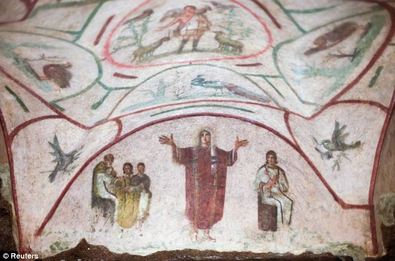
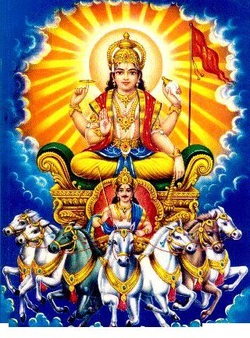
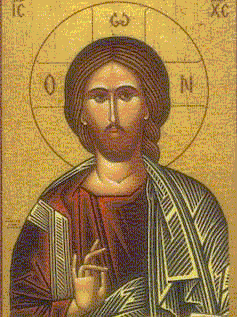
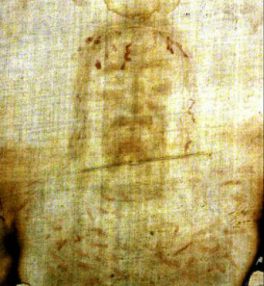

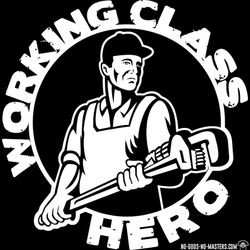
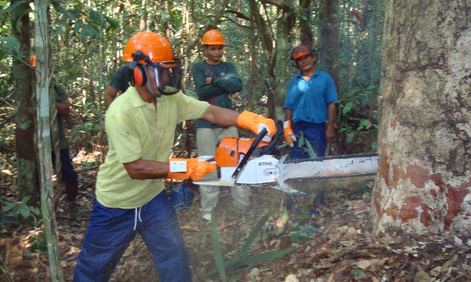

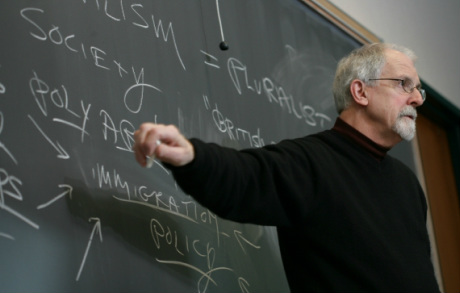


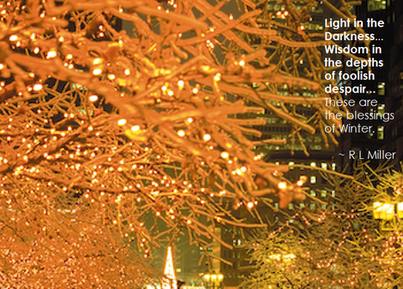

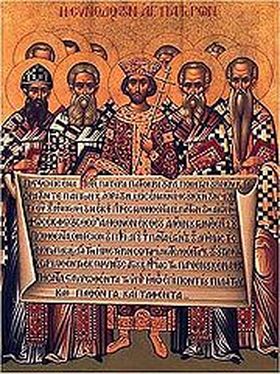
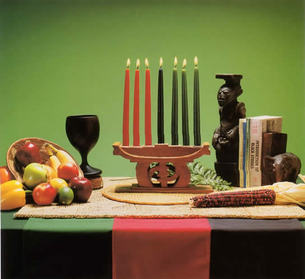
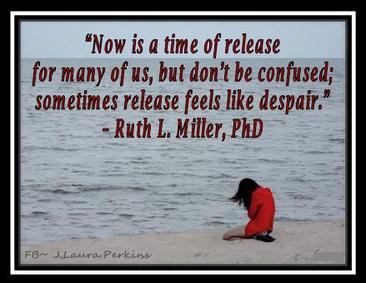
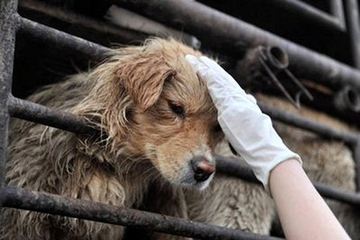

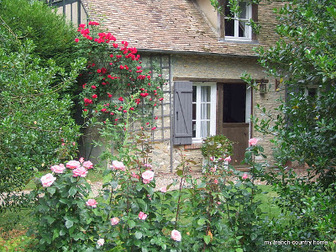
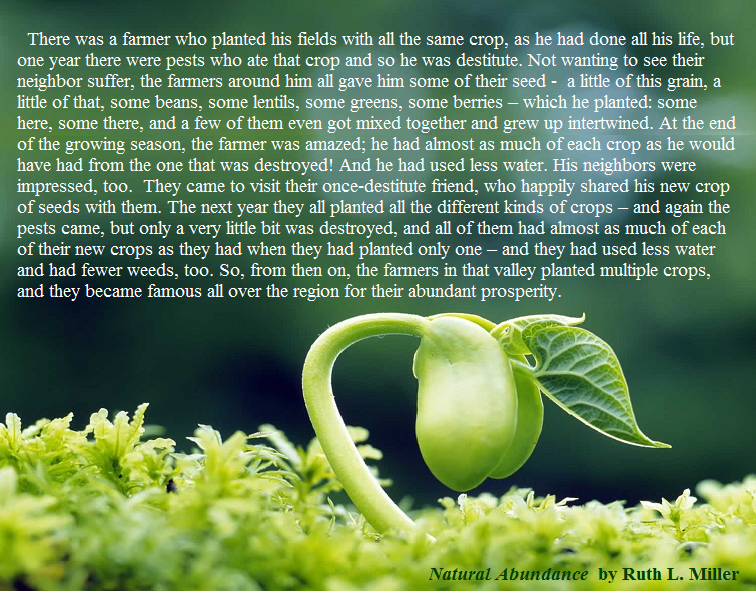
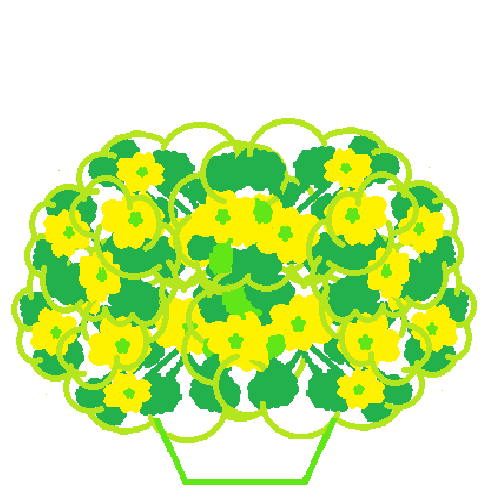
 RSS Feed
RSS Feed
